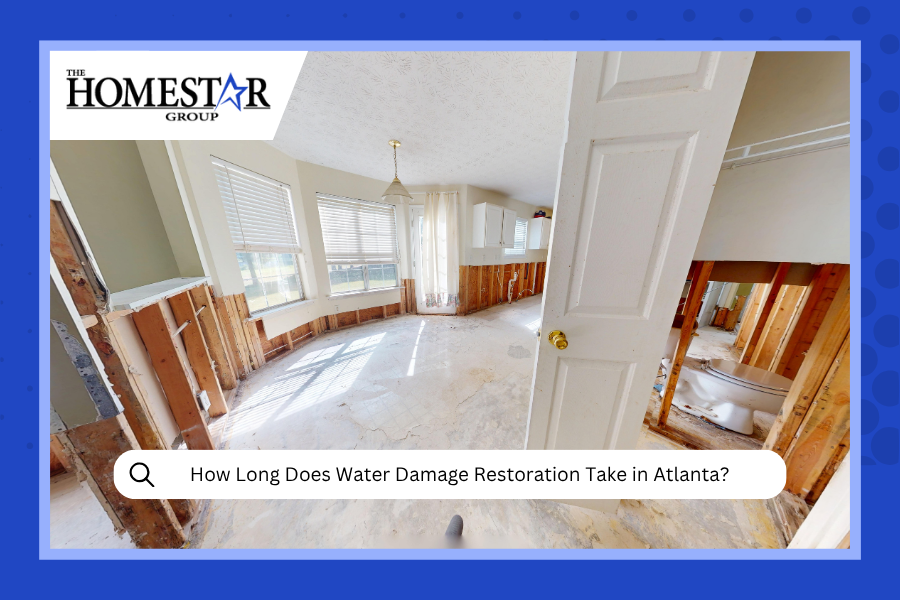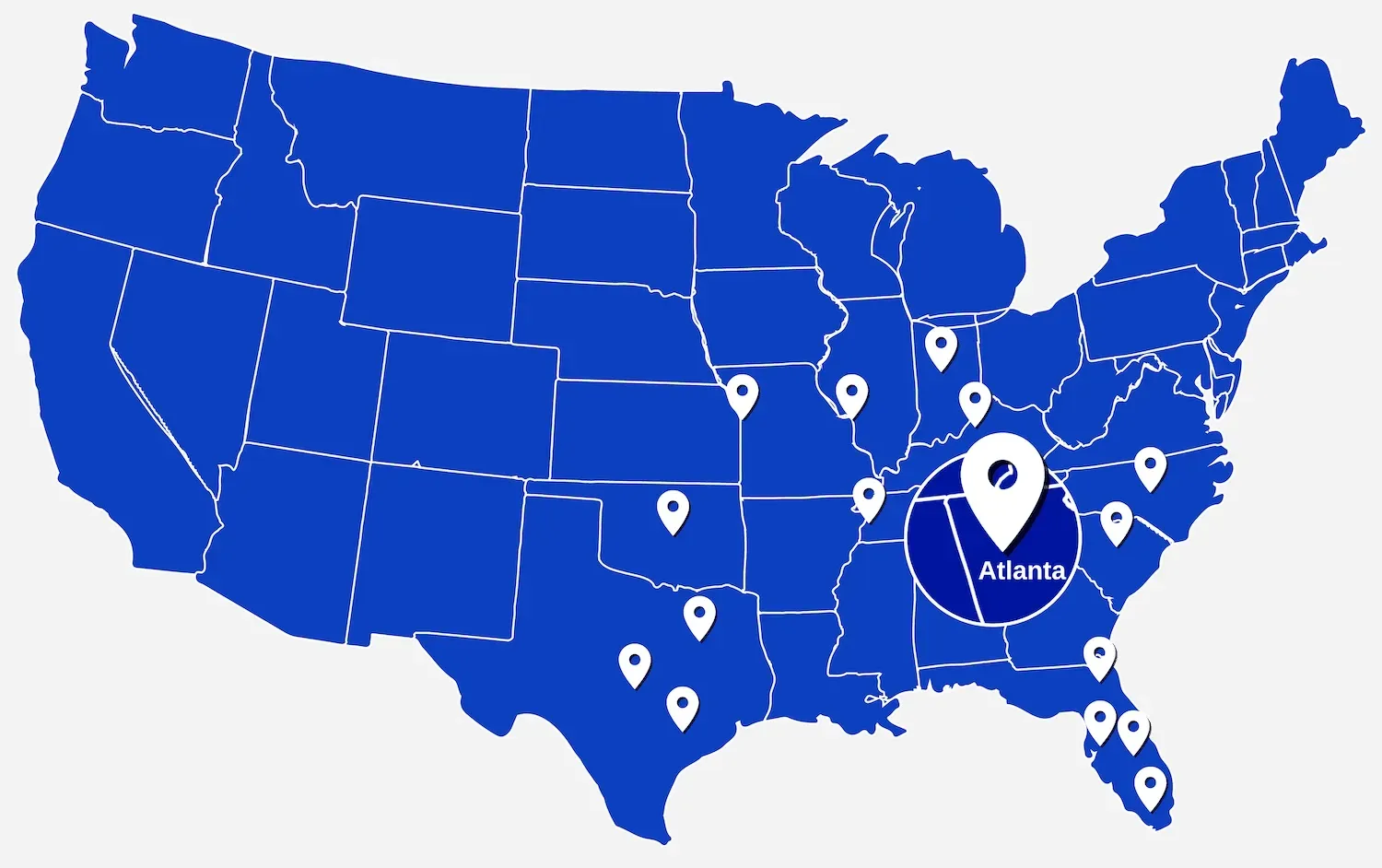
Understanding the Flood Restoration Process: A Step-by-Step Guide
Homes suffering from floods due to burst pipes or excessive rainfall need quick and effective restoration. Water damage can ruin a house's structural integrity, create the perfect conditions for mold and mildew growth, and attract a range of insects and pests. Working with a professional flood restoration team like The Homestar Group provides homeowners with experts who can recognize water damage and offer workable solutions.
When homeowners search for “flood restoration near me,” they often want to know what the whole process looks like from start to finish. The Homestar Group offers a guide that shows homeowners what steps to take after a flooding emergency and during the application of restoration services.
The Flood Restoration Process
Restoring a house after a flood starts with actions from the homeowner, followed by water extraction, drying, and repairs by professionals. They should follow the prescribed steps from the flood restoration experts in Conyers, GA.
1. Address Immediate Safety Concerns
Upon finding evidence of flooding, homeowners should first relocate everyone (including pets) in their household to a friend or family member’s home or a hotel. After returning to the property, they should shut off gas or electrical lines to prevent accidents during restoration.
2. Contact the Homeowner’s Insurance Company
Some home insurance policies require flood insurance, while others only cover water damage. After ensuring safety for the home and its inhabitants, homeowners should contact their homeowner insurance company to ask about what coverages they have. Some policies might only cover the cost of replacing damaged furniture and electronics, while others can help homeowners pay for full restoration services.
3. Schedule a Flood Inspection
Especially when a homeowner doesn’t know what caused the flooding or only has an idea of the cause, scheduling an inspection helps them discover the root of the problem. Understanding what happened helps professional restoration companies address the process and make recommendations for avoiding future flooding. They can also help the homeowner recognize the severity of the flooding and how it affects the total restoration process.
4. Remove Excess Water
The next step involves combining multiple strategies to remove water from the flooded space. While searching for “flood restoration near me,” homeowners can evaluate the amount of water and how they can best get rid of it. While lower waters can clean up with buckets and towels, deeper floods require the use of special water pump equipment only available to professional flood restoration experts.
5. Drying and Sanitizing
Once the space no longer contains water, homeowners can focus on drying the space out. Open any doors or windows and place fans in the space to keep the airflow moving and prevent humidity build-up. After the room dries out, sanitize the floors and walls with appropriate cleaning solutions to chase away any potential mold, mildew, or bacteria pathogens.
6. Repair and Restore
Dried out and sanitized, homeowners can now commence with repairs and restoration to ruined or damaged parts of their homes. A restoration expert can help determine what parts of a house a homeowner can salvage and which need replacement or repairs. Whether a home needs new coats of interior paint or full wall replacement, a professional restoration company helps homeowners with getting their house back to normal. When choosing a professioanl water damage company in Conyers, GA, it's essential to look for certified professionals with experience in water damage restoration, mold remediation, and structural repairs to ensure quality service and a thorough recovery process.
Preventing Water Damage
Homeowners across Conyers worry about the potential of further flooding after they experience it for the first time. Some helpful tips on preventing flooding in the future include:
Regular Home Inspections
A house’s structural integrity can shift over time, with cracks or holes allowing water to leak in through roofs, walls, and foundations. Scheduling a home inspection at least once per year can help homeowners catch potential leaks before they occur, preventing future flooding after a heavy rain.
Routine Exterior Maintenance
Some home floods occur due to unexpected roofing issues caused by a backed-up gutter. When dirt, leaves, and other natural debris prevent the flow of water from a gutter into the downspout, the water can back up on the roof and cause pooled water. This water can then destroy roofing materials and leak into a house through the walls.
Frequent Plumbing Check-Ups
Broken drain or water lines can cause floods in crawl spaces or basements. Whether it’s a small leak or a major bust, checking up on the condition of home plumbing can stop a flood before it starts.
Learn About - Water Extraction: What Is It And Why Is It Necessary?
Restore Your Home After a Flood with The Homestar Group
Whether it’s an inch or foot of water, homeowners dread finding that their crawl space, basement, or first floor has flooded. Determining the cause and safely removing the water top the priority list, followed by home restorations as needed.
If homeowners wonder where they can find reliable “flood restoration near me” in Conyers, GA, they can call
The Homestar Group at 678-928-5377 at any time with their 24/7 service line.




